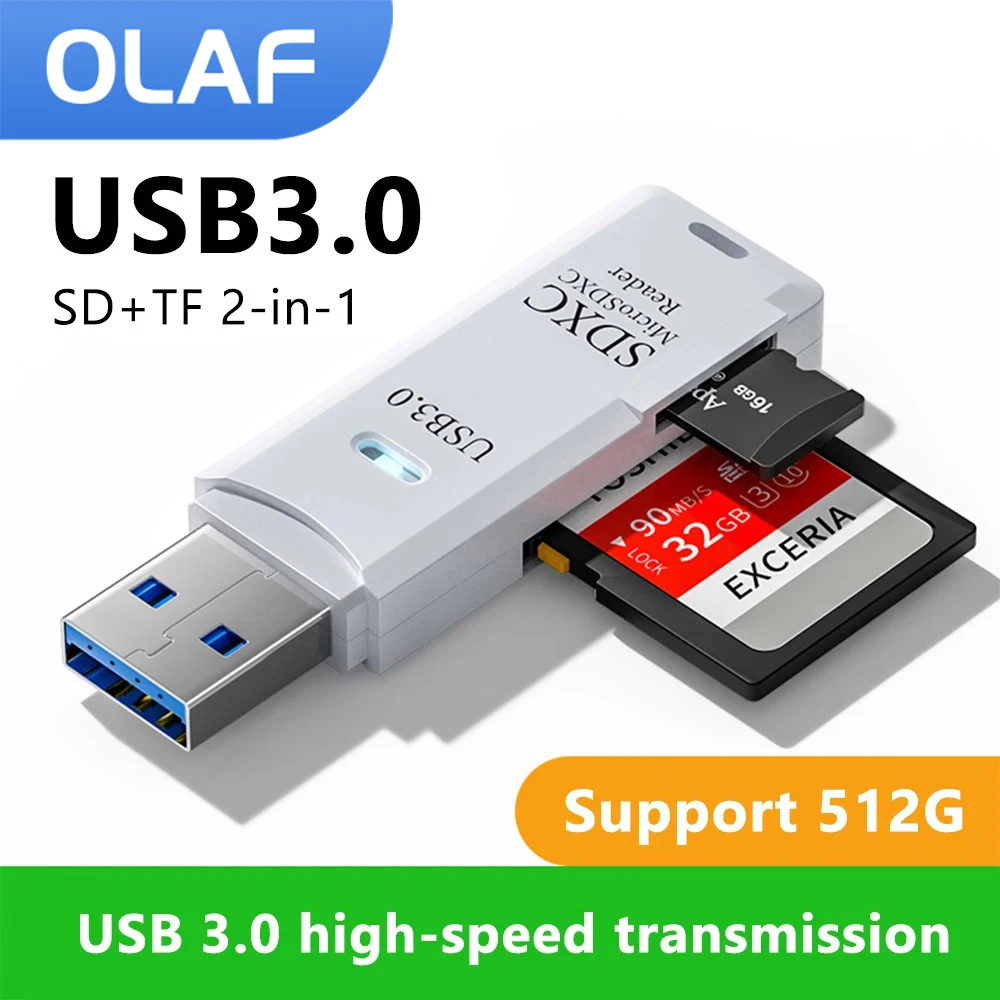When buying a smartphone - make sure you have these 10 important sensors
When buying a smartphone - make sure you have these 10 important sensors
Smartphones are a very important, necessary, and integral part of most people's daily lives. Not only is it used to communicate with people, but it is also now used to perform a wide variety of tasks. From tracking how many feet you have walked to monitoring your heart rate, to determining the level of stress, this smartphone is now able to do many more things.
But have you ever wondered how this smartphone is doing so much work? This is because the smartphone has multiple sensors in addition to multiple internal parts, which enables the device to perform all these functions.
This sensor is also responsible for rotating any video or photo according to the way you hold your phone. Your phone's Face ID and fingerprint scanner also have sensors. So a multi-functional smartphone means it has multiple functional sensors. Here we will discuss the 10 most important sensors of your phone and their functions.
Proximity sensor:
As the name implies, the proximity sensor detects when an object is near the phone. The most common use of this on a smartphone is to turn off the display while holding the smartphone close to the ear during a call. This helps to avoid unnecessary and accidental touches as well as saves batteries.
Accelerometer:
The accelerometer helps smartphones determine the orientation of the device. The main function of this sensor in smartphones is to detect whether the smartphone is being put in portrait or landscape mode and present the content on the screen accordingly. This sensor allows the image or video to automatically rotate from portrait to landscape or vice versa, depending on how you hold the smartphone while viewing a video or gallery on YouTube.
Gyroscope
The gyroscope sensor works with the accelerometer sensor on the smartphone. It offers an additional dimension of movement for better motion detection like rotation or twist. The gyroscope is the sensor that is responsible for the immersive 360-degree photos we see on our smartphones. Also, this sensor helps players to move left or right when playing a sensitive game like a racing game.
Digital compass
The digital compass provides smartphone orientation data in the context of the Earth's magnetic field. This enables the smartphone to understand real-world directions like North, South, East or West. It works based on magnetometers. This sensor is most helpful for users when using Compass or Maps on smartphones.
GPS
GPS stands for Global Positioning System Technology. It provides information about your current location or the place you are driving based on input from the satellite. It is not dependent on the data of the smartphone and therefore you can use your map even if your smartphone does not have an internet connection.
Barometer
There are basically two main functions of a barometer in a smartphone. First, it provides a GPS chip on the smartphone to quickly lock location by providing altitude data, and second, it acts as an instrument for measuring atmospheric pressure that helps measure or take temperature readings in health applications.
Biometric: (Biometric)
This sensor is mainly used for taking other biometric readings like a fingerprint, IRIS, facial data on the smartphone. This sensor is mainly used to unlock a smartphone or authenticate payments. This sensor can also be used to record other data such as SpO2 readings, heart rate, etc.
NFC NFC
NFC stands for Near-Field Communication, which enables two NFC-enabled devices to communicate within a distance of 10 cm. It is used on smartphones for data transfer and by payment applications such as Google Pay, Apple Pay, and Samsung-Pay for contactless payments. It is more secure than regular RFID or Bluetooth.
Pedometer: (Pedometer)
The pedometer provides step data on any digital device. It is available on smartphones as well as smart wearable devices. It also helps improve step count accuracy in health apps.
Ambient light sensor
The ambient light sensor is a photodetector that detects the intensity of ambient light and adjusts the brightness of the screen. This sensor is very popular and very effective in smartphones, laptops, TVs, and automotive displays. Also, this same sensor is used in car auto-dimming mirrors.














